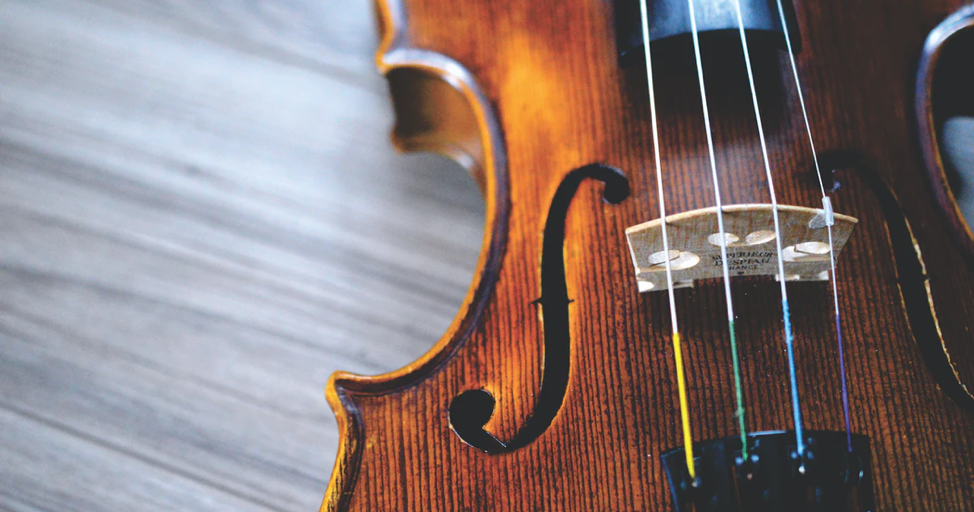Sometimes, practice sessions fall flat. Picture a violin player slouching through rehearsal, struggling to remember the notes and summoning the minimum amount of energy necessary to get through it. At the end, the violinist walks out of the room no more skilled at playing than when they entered.
What separates the productive practice sessions from the busts? How can you, regardless of what skill you’re trying to improve, make sure practice doesn’t wind up a waste of time?
To get the most out of your practice sessions, you need to plan them ahead of time. Every great practice plan includes four components: a clear purpose, emphasis on only a few things at a time, checklists, and a balance between session length and breaks.
Here’s how to build the ideal practice session around these elements to maximize your time and effort.
Planning a Productive Session
In planning your practice sessions, the four components will ensure that you have a good balance between challenge, focus, and direction. Let’s break down each one so you can see how to work it into your agenda.
#1: Purpose
Without purpose and a clear goal, your practice session will be aimless. Practice is not about showing up, going through the moves, or putting in the time; it’s about making progress.
As legendary boxer Muhammad Ali said, “Don’t count the days, make the days count.” And to make progress, you need clear objectives. It doesn’t have to be a detailed plan, but you have to go into each practice session knowing what specific part of your skill you want to work on.
For example, if you’re learning to play the violin, you may want to focus on improving bow skills today. Having an objective in mind will make it easier to choose drills and exercises that move you toward your goals.
#2: Few Things at a Time
Related to having clear objectives for your practice sessions is working on only a few things at a time. It’s tempting to practice many parts of your craft in one day, but learning requires focus, effort, and time; if you try to do too much at once, none of it will get the attention it needs.
You should choose between one to three things to practice in any given session. There will be a time for everything, just not everything at the same time. If you’re learning a new song on the violin, perhaps you would choose to focus only on timing for a practice session instead of trying to get everything right.
#3: Checklists
Checklists are a way to remind yourself of important points to pay attention to during practice. For our violin player, this might include: body posture, arm angle, left thumb position, etc.
When you have checklists, you get to refer back to them during practice and make sure you are not leaving important things out.
#4: Length and Breaks
Practice is exhausting; if you don’t give yourself breaks, you’ll burn out and have diminishing returns. Ideally, you should take between five- and twenty-minute breaks for every forty to fifty-five minutes of intense practice, and do no more than a four- to five-hour session in a day, practice and breaks included.
Getting better at anything involves stretching beyond your capabilities, but also letting your mind recover and adapt to the newly gained territory. Practice stimulates your abilities to grow, but the adaptation, consolidation, and actual growth happens while you rest and recover. That means breaks, recovery, and sleep should be considered active components of getting better at anything, and must be an integral part of your practice plan.
Build Your Practice Habit
Now that you know the elements of the ideal practice session, you can build a solid habit that will keep you improving through the months and years of training ahead. Turning practice into a habit means making it a consistent part of your schedule, which is why implementation should be the element that ties your plan together.
You are more likely to do something if you plan for when, where, and for how long you’ll do it. For example, you might make a rule to practice the violin for an hour every night after dinner. It’s better to start with a few rules and add more as you get used to them.
Many of us try to practice too much too often in the beginning, making it more likely that we burn out and quit. The right approach to building your practice habit is to focus on consistency first and adding intensity second—to start small and build upon it.
Learning and mastering a skill takes many hours of practice, and a plan helps you keep those hours from going to waste. By planning your sessions with purpose, focus, checklists, and balance, you’ll get the most out of your practice and turn continuous improvement into a lifelong habit.
For more advice on maximizing your practice sessions, you can find Learn, Improve, Master on Amazon.
